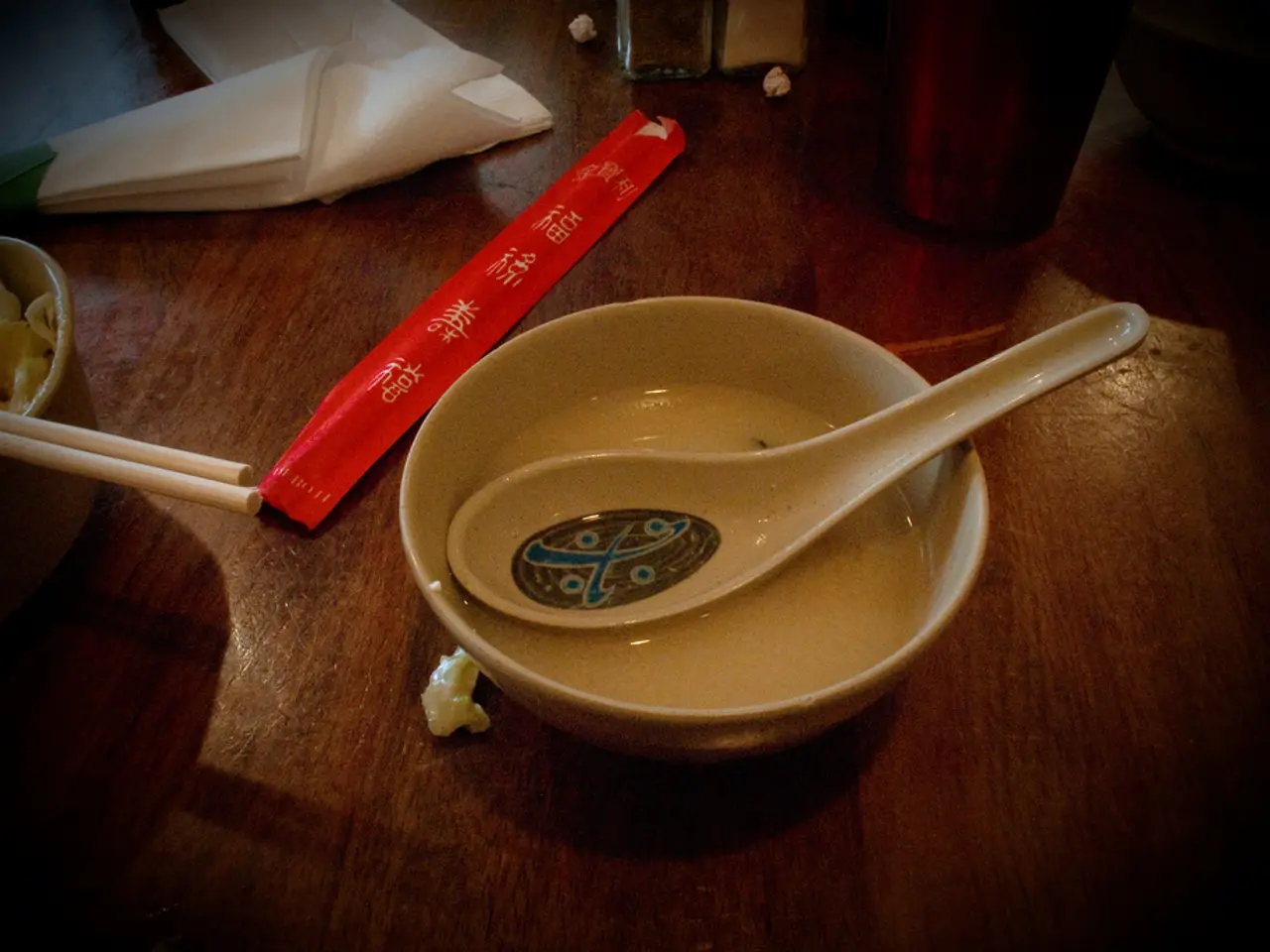Bleeding after childbirth: Understanding what's normal and what isn't
Postpartum bleeding, also known as lochia, is a common occurrence following childbirth. This article aims to provide a clear and concise guide on the symptoms, duration, and warning signs of postpartum bleeding, as well as when to seek medical attention.
Postpartum bleeding is caused by the uterus replacing its lining after childbirth. Initially, the bleeding is heavy and bright red, often including clots and uterine tissue. Over time, the bleeding gradually decreases and changes colour from bright red to brown, then to a watery pink or yellowish-white discharge. Some women may pass small clots or experience occasional gushes of blood, especially during breastfeeding due to uterine contractions.
Typically, postpartum bleeding lasts about 10 days, after which it usually subsides and lightens in colour. However, lochia can persist for up to 6 to 8 weeks postpartum, gradually tapering off over this period. Breastfeeding can delay the return of menstruation, so for some women, bleeding patterns and timing of periods vary considerably.
It is essential to be aware of the warning signs of postpartum bleeding. A woman should seek medical evaluation if she experiences heavy bleeding, such as soaking more than one pad per hour for more than two hours, large clots, or signs of postpartum hemorrhage, including dizziness, faintness, increased heart rate, or weakness. Bleeding that does not decrease over time or resumes heavily after initially tapering, signs of infection such as foul-smelling discharge, fever, or severe pain, should also prompt immediate medical attention.
Prolonged labor, cesarean delivery, meconium during delivery, postpartum hemorrhage, and a history of uterine atony are significant risk factors for postpartum infection. If a woman loses more than 470 ml of blood in the first 24 hours after delivery, it is referred to as a postpartum hemorrhage. In such cases, surgical options like a Bakri balloon, a laparotomy, or a hysterectomy may be necessary.
To reduce the risk of infection during postpartum recovery, it is important to wash hands thoroughly, keep nails short, avoid jewelry, and avoid touching any stitches or dressings. A doctor may offer massage, administer medication, or recommend surgical options to manage postpartum bleeding if they believe it indicates a problem.
In conclusion, understanding postpartum bleeding is crucial for new mothers. By recognising the normal symptoms and duration, and being aware of the warning signs, women can ensure any complications are addressed promptly. It is always best to consult with a healthcare provider for any concerns or questions regarding postpartum bleeding.
- In case of prolonged heavy bleeding, such as soaking more than one pad per hour for over two hours, large clots, or signs of postpartum hemorrhage like dizziness, faintness, increased heart rate, or weakness, immediate medical attention is necessary.
- Women with a history of dysfunctional uterine bleeding, postpartum hemorrhage, or uterine atony should be particularly vigilant about the signs and symptoms of postpartum bleeding.
- To minimize the risk of postpartum infection during recovery, new mothers should adhere to good hygiene practices, including washing hands thoroughly, keeping nails short, avoiding jewelry, and not touching any stitches or dressings.
- Science and health-and-wellness resources highlight the importance of diagnostic tools like Predictive Analytics Quick (PAQ) in forecasting postpartum complications and ensuring women's health and wellness.
- Pfizer, a leading pharmaceutical company, has been conducting extensive research on addressing postpartum bleeding and its complications, striving to advance women's health and overall wellness.




